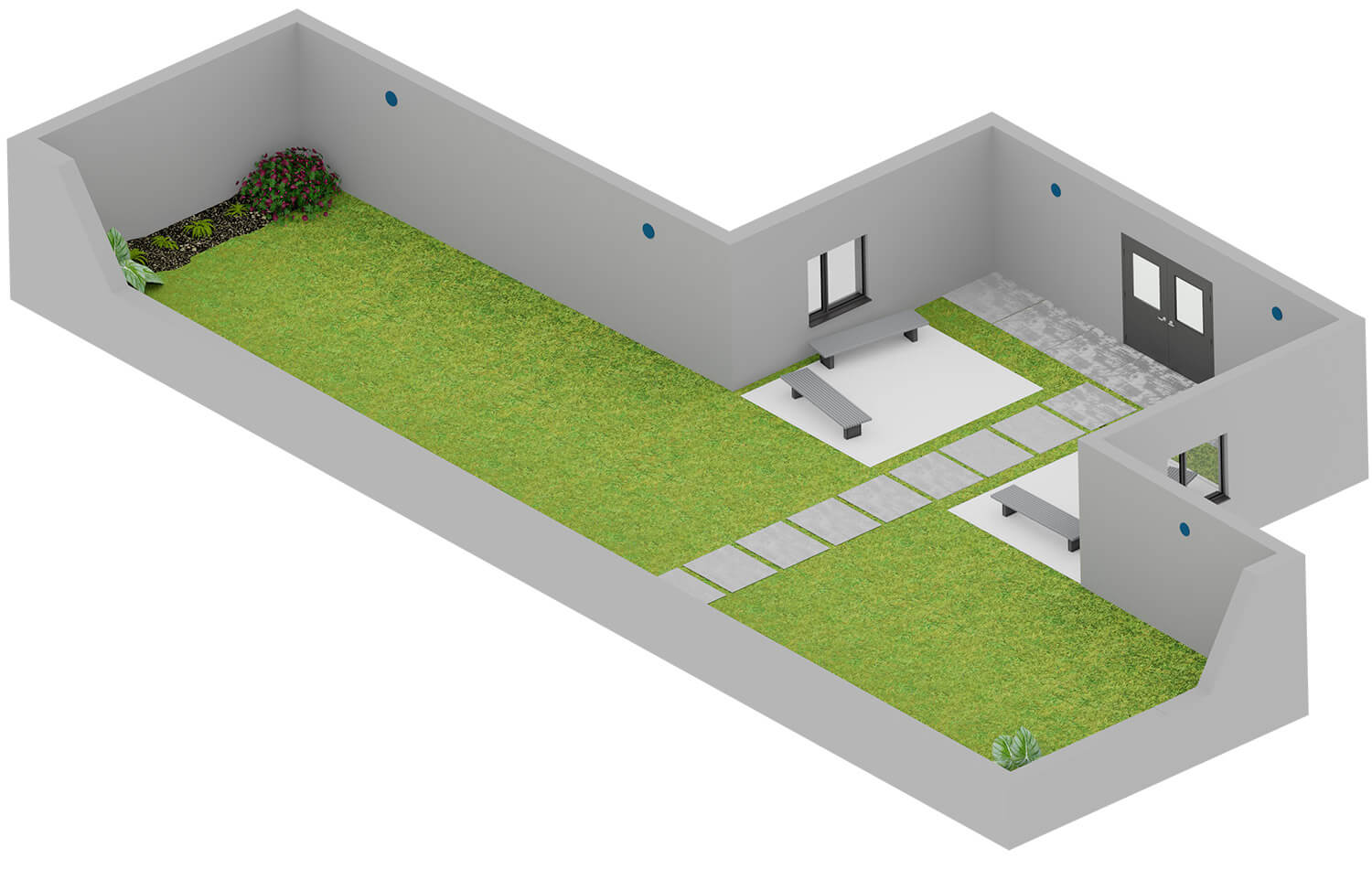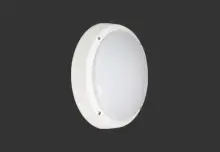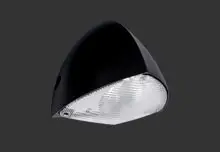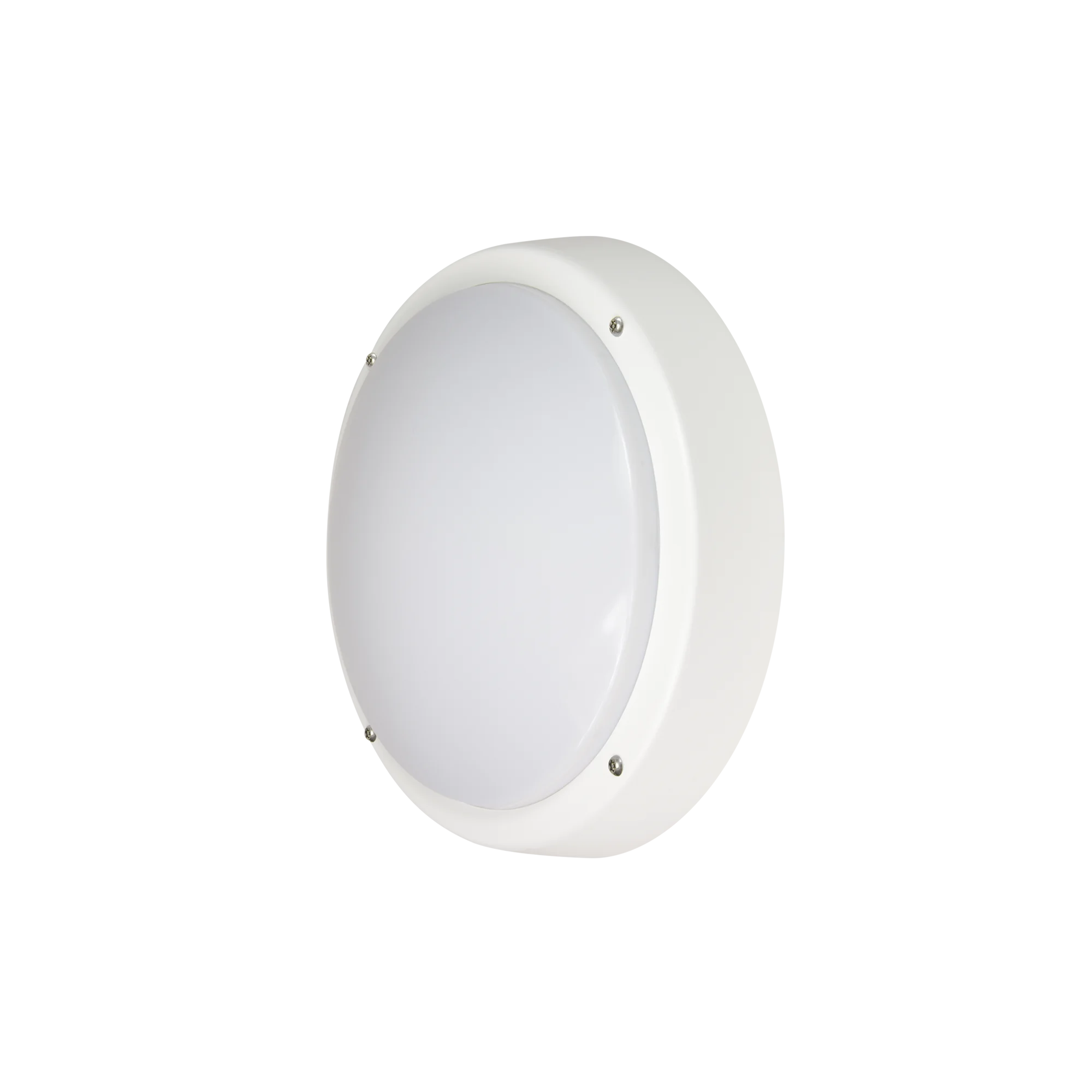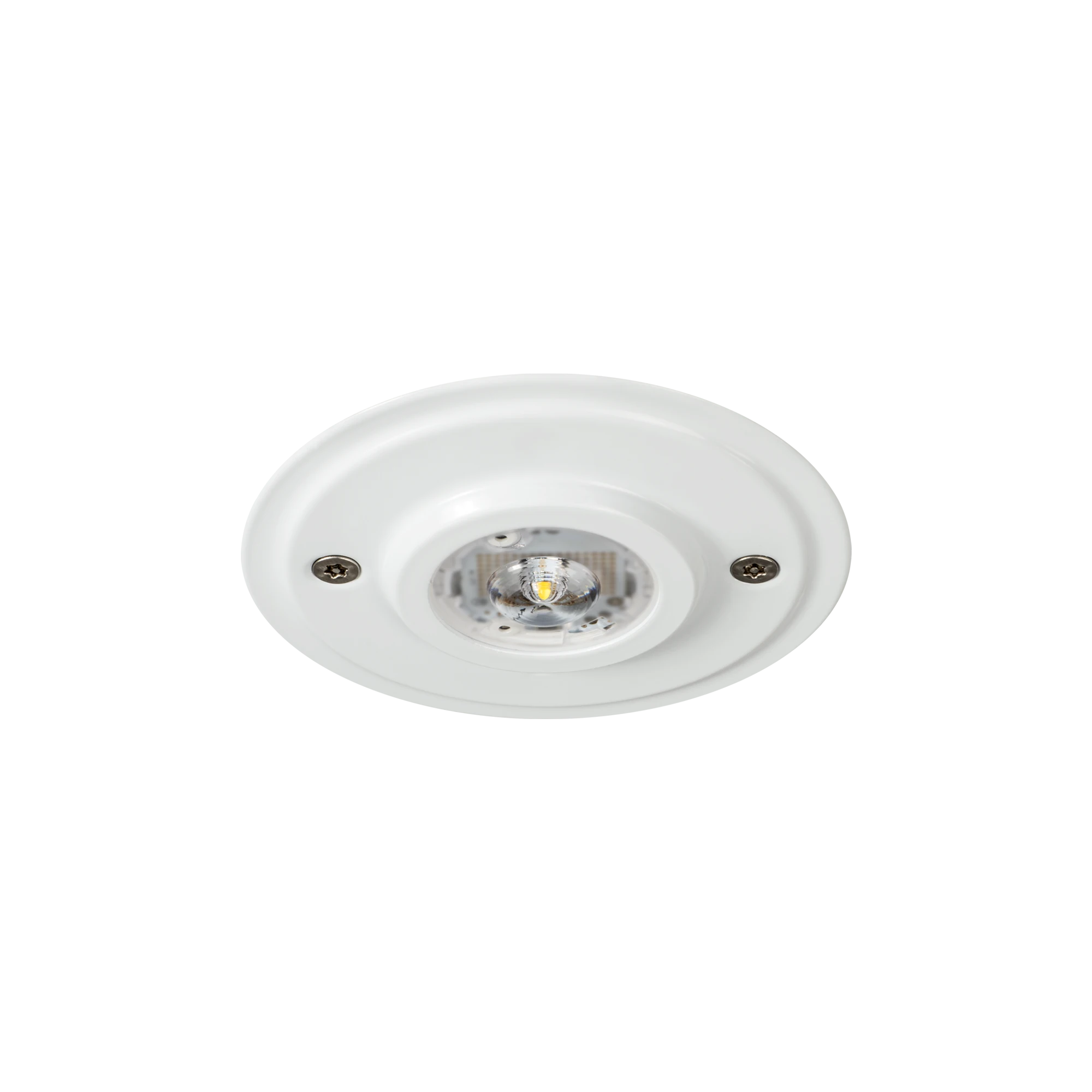External Areas
External exercise areas are often used during the evening, so need to be well lit. Consideration needs to be given to the location of luminaires for future maintenance and access. It may be possible to provide sufficient illumination from column mounted flood lights mounted outside the patient-access area. If the area is lit from several different directions, then shadowing is reduced, and the uniformity is often improved. The placement of luminaires should be coordinated with the CCTV camera locations to ensure that glare from the luminaires does not impact CCTV visibility, and of course spill lighting into bedrooms should be minimised. Energy efficiency must be considered; ideally luminaires should have photocell control to ensure that they are not left on at full brightness all night. SmartScan External movement sensors allow luminaires to be switched between lighting levels by occupancy sensing.
Illumination Levels
| Application | Minimum maintained mean illuminance (lux) | Illuminance uniformity (minimum/average) |
|---|---|---|
| Traffic areas and roads for slow moving vehicles, max. 6 mph (e.g. bicycles, trucks and excavators) | 10 | 0.40 |
| Regular vehicular traffic (max. 25 mph) | 20 | 0.40 |
| Pedestrian passages, vehicular turning, loading and unloading points | 50 | 0.40 |
| Security lighting - very low risk | 5 | 0.25 |
| Security lighting - low risk | 10 | 0.40 |
| Security lighting - medium risk | 20 | 0.40 |
| Security lighting - high risk | 50 | 0.40 |
| Light traffic and low crime risk car parks | 5 | 0.25 |
| Medium traffic and medium crime risk car parks | 10 | 0.25 |
| Heavy traffic and medium crime risk car parks | 20 | 0.25 |
